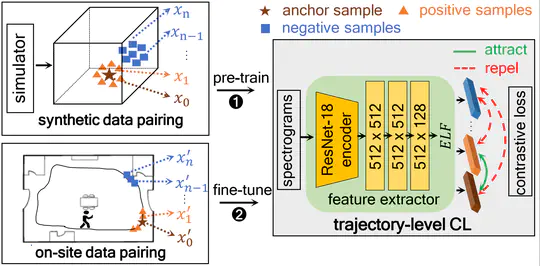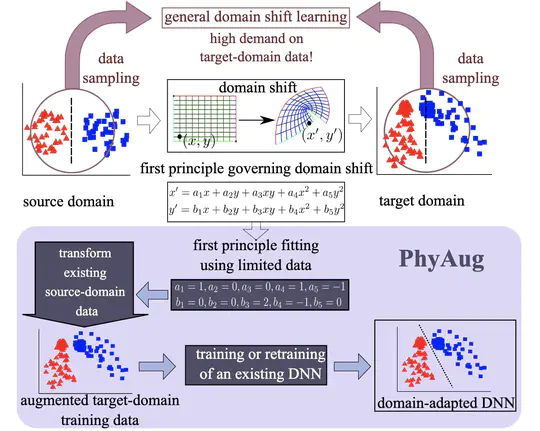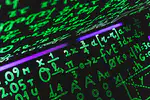Biography
I obtained my Ph.D degree at School of Computer Science and Engineering, Nanyang Technological University, in July 2023. My research interests include AIoT sensing, smart sensing, and Cybe-physical system. Specifically, I integrate the first principles that guided data generation into machine learning algorithms to address the challenges of data scarcity, labeling or the domain shifts in AIoT applications. My supervisor is Prof Tan Rui. You can find more about our researches at NTU IoT Sensing Group website.
I obtained the bachelor’s degree from School of Electrical and Electronic of Engineering with 2nd upper degree in 2015 at Nanyang Technological University. Thereafter, I spent four years at Micron Technology, Singapore prior starting my PhD degree. I really appreciate about this journey, Micron colleagues are very nice and I’ve had unforgetful memories there.
I am actively looking for job opportunities in both academic and industrial markets.
- Artificial Intelligence of Things
- Smart Sensing
- Cyber-physical System
- Phsyics-guided Learning
Ph.D, School of Computer Science and Engineering, 2019.7 - 2023.7
Nayang Technological Universtiy
BSc, Schoole of Electrical and Electronic Engineering, 2011.8 - 2015.6
Nayang Technological Universtiy






